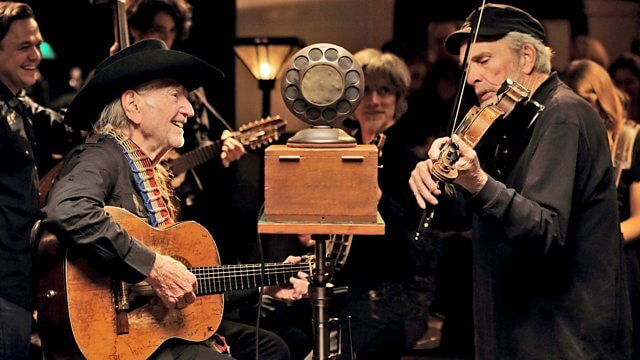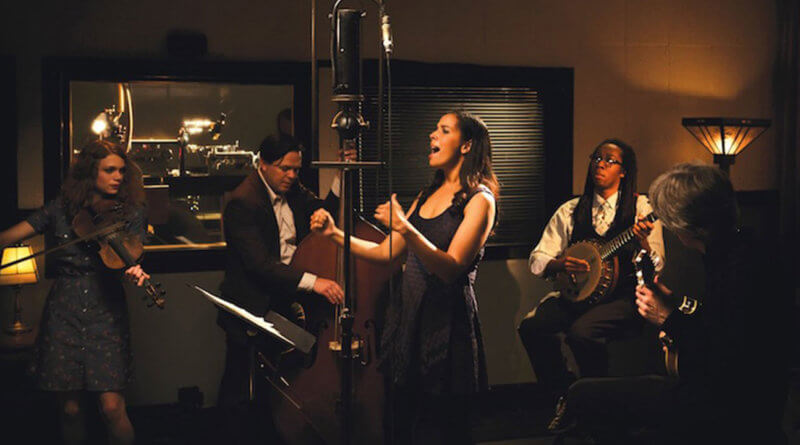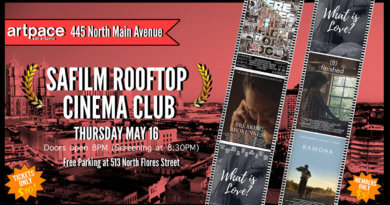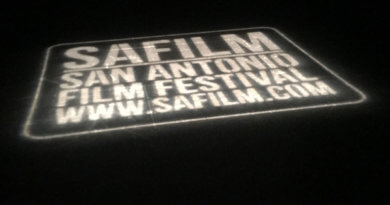SXSW Flashback — ‘The American Epic Sessions’ is an Amazing Journey
Lovers of music and early Americana alike will be fascinated by Bernard McMahon and Allison McGourty’s The American Epic Sessions, made in conjunction with their three-part documentary series, American Epic, that played in 2017 on PBS.
In American Epic, the documentarians retraced the routes of talent scouts in the 1920s and ’30s as they crisscrossed the country and held contests in search of as-yet undiscovered singers and musicians to provide product for the popular record playing machines found in so many American parlors at the time.
The scouts took along large recording devices to capture the performances of ordinary Americans on platters of wax. Since the machines required no electrical power, the recordings could be done anywhere, and it allowed these rural musicians to hear themselves for the very first time.
Although it’s unlikely the manufacturer could have predicted it, these devices played an essential role in the preservation and democratization of American music. Regional styles could now be experienced by wider audiences, which led to the development of such genres as blues, country, and gospel (and later, rock and roll and hip-hop).
The original machines are long gone, of course, but engineer Nicholas Bergh spent many years reconstructing one, down to the smallest detail, and that’s where The American Epic Sessions starts.
The filmmakers (along with producers Jack White and T Bone Burnett) invite a diverse group of contemporary musicians from around the country to record a song for the machine exactly as it was done in the ’20s. Afterwards, they play back the results, giving these artists the opportunity to hear themselves just as they would have sounded 90 years ago.

The enormous device, made of pulleys, flywheels, weights, and wood, was set up in a Los Angeles recording studio whose nondescript exterior gave no hint of the magic taking place inside. There, the film is lit in nostalgic, burnished hues, and loving closeups of the marvelous contraption in operation are interspersed with performances by such talents as The Avett Brothers, Los Lobos, Alabama Shakes, Taj Mahal, Willie Nelson, Merle Haggard, and Elton John.
Since they all need to work with the same restrictions — one take, three minutes, with all the singers and musicians surrounding a single microphone — it’s as intriguing to watch the performances as it is to listen to the result. Many of the artists are clearly moved as they describe the experience and how it has enhanced or reflected on on their own musical history. For example, when the rapper Nas performs a rather angry song from 1928, “On the Road Again,” it’s amazing how much the lyrics sound as if he could have just written them. “Those [ideas] didn’t start with hip-hop,” he says. “They started with America.”

White, who is a unquestionably a key figure in the preservation of American musical history, serves as producer, host, and studio manager, advising the performers where to position themselves and how to modulate their performances.
In one amusing sequence, he keeps needing to move Beck and his choir further and further from the microphone to reduce distortion, to the point that they’re practically standing in another room. And when the canvas strap that holds the 105-pound weight controlling the movement of the machine rips apart, sending the weight crashing to the floor, White demonstrates another of his many talents by driving to the nearest upholstery shop, sitting down at a sewing machine, and repairing the piece himself.
Historically fascinating and musically entertaining, The American Epic Sessions was the perfect film to watch during SXSW at Austin’s historic Paramount Theatre, surrounded as we were by the ghosts of entertainers who’d graced the stage over its 100-year history.
Feaure: The superb Rhiannon Giddens gives her all for the machine.




